#space tech
Text
Black Scientists and Engineers Past and Present Enable NASA Space Telescope
The Nancy Grace Roman Space Telescope is NASA’s next flagship astrophysics mission, set to launch by May 2027. We’re currently integrating parts of the spacecraft in the NASA Goddard Space Flight Center clean room.
Once Roman launches, it will allow astronomers to observe the universe like never before. In celebration of Black History Month, let’s get to know some Black scientists and engineers, past and present, whose contributions will allow Roman to make history.
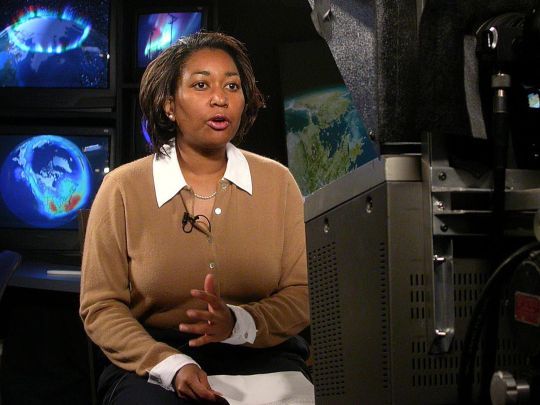
Dr. Beth Brown
The late Dr. Beth Brown worked at NASA Goddard as an astrophysicist. in 1998, Dr. Brown became the first Black American woman to earn a Ph.D. in astronomy at the University of Michigan. While at Goddard, Dr. Brown used data from two NASA X-ray missions – ROSAT (the ROentgen SATellite) and the Chandra X-ray Observatory – to study elliptical galaxies that she believed contained supermassive black holes.
With Roman’s wide field of view and fast survey speeds, astronomers will be able to expand the search for black holes that wander the galaxy without anything nearby to clue us into their presence.
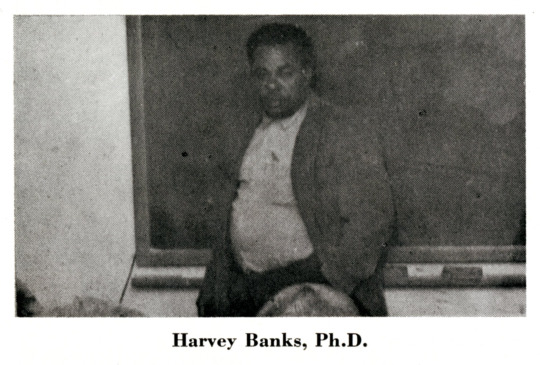
Dr. Harvey Washington Banks
In 1961, Dr. Harvey Washington Banks was the first Black American to graduate with a doctorate in astronomy. His research was on spectroscopy, the study of how light and matter interact, and his research helped advance our knowledge of the field. Roman will use spectroscopy to explore how dark energy is speeding up the universe's expansion.

NOTE - Sensitive technical details have been digitally obscured in this photograph.
Sheri Thorn
Aerospace engineer Sheri Thorn is ensuring Roman’s primary mirror will be protected from the Sun so we can capture the best images of deep space. Thorn works on the Deployable Aperture Cover, a large, soft shade known as a space blanket. It will be mounted to the top of the telescope in the stowed position and then deployed after launch. Thorn helped in the design phase and is now working on building the flight hardware before it goes to environmental testing and is integrated to the spacecraft.
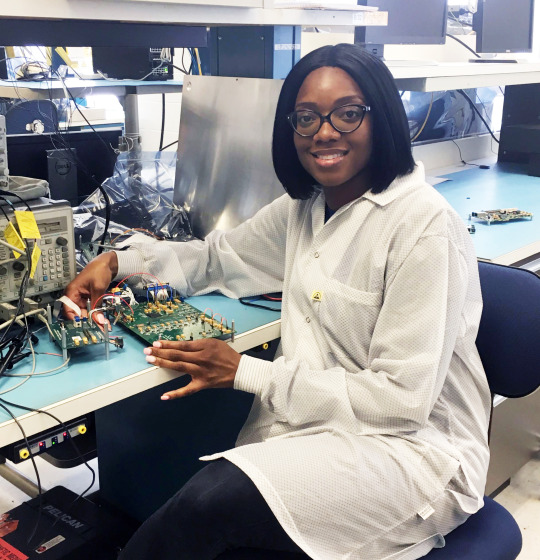
Sanetra Bailey
Roman will be orbiting a million miles away at the second Lagrange point, or L2. Staying updated on the telescope's status and health will be an integral part of keeping the mission running. Electronics engineer Sanetra Bailey is the person who is making sure that will happen. Bailey works on circuits that will act like the brains of the spacecraft, telling it how and where to move and relaying information about its status back down to Earth.
Learn more about Sanetra Bailey and her journey to NASA.
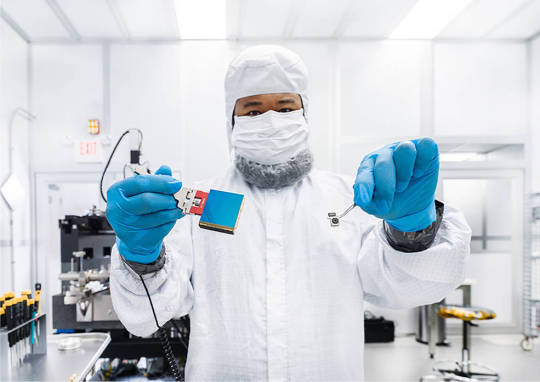
Dr. Gregory Mosby
Roman’s field of view will be at least 100 times larger than the Hubble Space Telescope's, even though the primary mirrors are the same size. What gives Roman the larger field of view are its 18 detectors. Dr. Gregory Mosby is one of the detector scientists on the Roman mission who helped select the flight detectors that will be our “eyes” to the universe.
Dr. Beth Brown, Dr. Harvey Washington Banks, Sheri Thorn, Sanetra Bailey, and Dr. Greg Mosby are just some of the many Black scientists and engineers in astrophysics who have and continue to pave the way for others in the field. The Roman Space Telescope team promises to continue to highlight those who came before us and those who are here now to truly appreciate the amazing science to come.

To stay up to date on the mission, check out our website and follow Roman on X and Facebook.
Make sure to follow us on Tumblr for your regular dose of space!
#NASA#astronomy#telescope#Roman Space Telescope#galaxies#black holes#space tech#astrophysics#spectroscopy#STEM#engineering#Black History Month#BlackExcellence365#science#tech#technology
2K notes
·
View notes
Text
Space Tech: Private Ventures and Mars Exploration
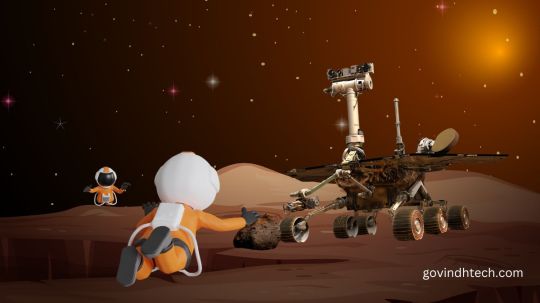
Space Tech
Beyond intrepid exploration, space technology has advanced to address pressing issues on Earth. It is becoming more and more essential to the effective operation of contemporary societies and their economic growth. Space has the potential to directly affect billions of people’s lives and open up large-scale, highly impactful solutions.
A broad term for satellites, space stations, ground stations, tracking and monitoring centers, downstream analytics and artificial intelligence, software, and other technologies, SpaceTech offers innovative ways to solve global concerns. Satellites increase communication, navigation, and earth observation capacity at low cost even in remote locations. Satellite-based earth observation data is vital, accurate, and reliable for data-driven decision-making by businesses and governments.
The underserved and otherwise unprofitable regions can benefit from high-speed connectivity thanks to the satellites. The application of action plans for intelligent agriculture, resource management (land and water), infrastructure development (urban and rural), climate and weather monitoring, environmental protection (including reducing the risk of disaster), and other purposes can all benefit from the use of satellite data.
Aerospace Innovation
The space industry is predicted to increase in value from USD 360 billion in 2018 to USD 558 billion by 2026 and roughly USD 1 trillion by 2040. Even though the Indian Space Research Organization (ISRO) is one of the world’s top space agencies and is working on projects like the Indian Regional Navigation Satellite System (NavIC) and the Mars Orbiter Mission (MOM), India currently only makes up 2%, or USD 7 Bn, of this market value.
One reason could be that the private sector’s contribution to the Indian space industry has primarily consisted of ISRO subcontracting, with ISRO historically handling the crucial value addition activities internally. Because of this, Indian private companies have lagged behind other world leaders in SpaceTech in terms of end-to-end capabilities.
The publication of SpaceCom Policy 2020, Space RS Policy 2020, Geospatial Policy 2021, and other policies, along with the creation of organizations like NewSpace India Ltd (NSIL) and the Indian National Space Promotion and Authorization Centre (IN–SPACe), have created a national push to expedite the private sector’s involvement in the Indian space area. The Department of Space is also working on a comprehensive Space Act and other policies, including launch vehicle and space exploration policies.
Because of our natural curiosity and desire to understand the universe, space travel has long fascinated people.
Recently, private enterprise and international cooperation have transformed space exploration.
This article will explore the changing face of space exploration and emphasize the importance of international collaboration and private industry.
New Space Technologies
Pioneers of Personal Space Travel
NASA, Roscosmos, and ESA were the only government space agencies allowed to explore space. However, private companies leading space innovation changed everything:
SpaceX since 2002 has resupplied the ISS, developed reusable rocket technology, and prepared to colonize Mars.
Jeff Bezos’ Blue Origin offers professional and recreational suborbital and orbital spaceflight.
Rick Branson’s suborbital space tourism company, Virgin Galactic.
Innovating, competing, and seeking commercial opportunities beyond Earth are redefining space exploration in private space ventures.
Space Exploration Companies
International Space Cooperation
Space exploration requires international cooperation even as private businesses grow:
The Earth-orbiting International Space Station (ISS) is a global collaboration marvel. European, Japanese, Canadian, Russian, and US space agencies participate.
Mars exploration: NASA, ESA, and others work on Curiosity and Mars Sample Return.
The Artemis Accords outlines global cooperation on the Moon and beyond, inviting international partners to lunar exploration.
Global Collaboration and Private Enterprises Benefits
Space exploration benefits from private sector involvement and international cooperation in a number of ways.
Innovation: By bringing in competition and innovation, private endeavors lower costs and advance technology.
Commercialization: Businesses worldwide can take advantage of commercial endeavors to expand their satellite deployment, space tourism, and resource exploitation capabilities.
Shared Resources: Working together, nations can pool resources, exchange knowledge, and take on challenging projects.
Scientific Discovery: Across national boundaries, international cooperation increases the possibility of scientific discovery and exploration.
Difficulties and Things to Think About
Although private and international partnerships present notable benefits, they also present certain challenges.
Regulation: To address new challenges, the framework governing international cooperation and private space endeavors needs to change.
Resource Management: A complex ethical and legal challenge is the responsible use of space resources, such as lunar mining.
Space Debris: Coordinated actions ought to tackle the expanding problem of space debris and environmentally friendly space operations.
Space Travel Prospects
Future space exploration could lead to asteroid mining, planet colonization, and scientific breakthroughs.
Space exploration is entering a new era as private companies and multinational partnerships change the space environment.
Space exploration is more accessible, sustainable, and transformative than ever thanks to private innovation and international collaboration. It shows our willingness to push the limits and our enduring spirit of exploration.
Mars Rover
What is Mars Rover?
A robotic vehicle that investigates the surface of Mars is called a rover. Rovers are long-range, remotely controlled vehicles that gather data and take images while traveling great distances. They have found evidence of water, ancient life, and possible resources on Mars, among many other significant discoveries.
Six Mars rovers have been successful so far:
In 1997, Sojourner became the first rover to set foot on Mars. During 83 days, it investigated the Ares Vallis region.
The twin rovers Spirit (2004) and Opportunity (2004) touched down on Mars in 2004. For many years, they investigated the Gusev Crater and Meridiani Planum, respectively. Opportunity stopped operating in 2018 and Spirit became stuck in 2010.
Gale Crater is presently being explored by Curiosity (2012). It has found evidence of ancient lakes and rivers, among many other significant discoveries.
The Jezero Crater region is being explored in Perseverance (2021). In addition to gathering samples of rock and regolith broken rock and soil for potential return to Earth, it is searching for indications of prehistoric life.
The first Chinese rover to set foot on Mars is Zhurong (2021). It is investigating the area of Utopia Planitia.
An essential component of our Mars exploration are the Mars rovers. They have made significant contributions to our understanding of the Red Planet’s potential for habitability.
Read more on Govindhtech.com
#Space Tech#MarsExploration#Ventures#SpaceTech#satellites#AI#Aerospace#NASA#technews#technology#govindhtech
2 notes
·
View notes
Text
Space Tech Expo Exhibitor List 2024

The Space Tech Expo 2024 distinguishes itself with an extensive collection of pioneering products, technologies, and solutions driving progress in the aerospace and space technology field. Connect with industry pioneers with our Space Tech Expo Exhibitor List 2024!
0 notes
Video
youtube
Space Tech for Weighing Trees | Nature IS | Episode 102 with Florian Reber
#youtube#spacetech#nature#florianreber#space tech#weigh trees#climate change#carbon storage#forestry#remote sensing#geospatial technology#sustainability#net-zero#nature is
0 notes
Text
#space exploration#space technology#science technology#technology#future technology#tech news#nasaspace#nasa earth#nasa news#nasa breaking news#space tech#technology news#tech
0 notes
Photo

In the coming years, the space technology industry will experience a revolution. Advances in materials science and engineering will lead to the development of new spacecraft that are lighter, faster, and more efficient. These advances will enable us to explore the universe like never before, and may even lead to the discovery of alien life. So what are the emerging trends that will shape our future? Stay tuned to find out.
0 notes
Text

Just gonna have to wait and see, right? Just wait and see! Just gotta wait and see! Who knows, we'll just have to wait and see! It's anybody's guess, we'll just have to wait and see! The future is exciting, we just gotta wait and see!
#personal#my art#Fuck your fake ass 'i am very smart!' intellectualizing “observations” and open your god damn ears.#do something for fucks sake. it's sickening seeing videos of ai crap and seeing rows and rows of repliers using their one brain synapse#to type “wow! very exciting!” “haha this is kind of scary! but in a really interesting way!”#and then they go about their day without a second thought while creative industries burn around them#i go to one of america's top tech schools too and it's enough to make you wanna tear our your hair#every day it's seminars and talks about “the potential consequences of ai!” when the consequences are happening NOW#NO MORE DISCUSSING NO MORE INTELLECTUALIZING NO MORE SOCRATIC SEMINARS NO MORE DEBATING. ACT YOU COWARDS#people are getting hurt RIGHT NOW. stop pretending to care when you clearly don't! just be honest and say you wanna make money#my time here has really made me hate academic spaces. you people are so god damn useless and cowardly.
3K notes
·
View notes
Text
Chandrayaan-3 is getting ready for launch by ISRO
Indian Space Research Organisation (ISRO) is gearing up for the launch of its highly anticipated lunar mission, Chandrayaan-3
@neosciencehub
#neosciencehub #nsh #science #space #technology #isro
Indian Space Research Organisation (ISRO) is gearing up for the launch of its highly anticipated lunar mission, Chandrayaan-3. According to a senior official at ISRO, the satellite has recently arrived at the Satish Dhawan Space Centre in Sriharikota, setting the stage for an ambitious journey to the Moon. In July, Chandrayaan-3 will be integrated with India’s powerful Geosynchronous Satellite…

View On WordPress
0 notes
Text
DPXDC prompt: There’s an alien invasion incoming and the justice league are all up in arms to defeat them. Once they break into the mothership, however, they discover that the aliens were already beaten up and there’s this ghostly child cackling in the control room. It’s Danny and he is Obsession-drunk and having an absolute blast exploring every nook and cranny of the ship, dismantling it to see how the machines work, driving it around, chatting a hundred miles per hour to the definitely-concussed and groaning alien commander, and just zooming fro and fro with eyes dilated so hard there’s only a tiny ring of green in his eyes, lost in the feral serotonin sauce
Bonus points if the justice league calm Danny down by having him fanboy over Martian Manhunter, and then in the end, Danny goes “I’m gonna stick with you now! No takebacks!” and adopts J’onn into the Fenton family, now J’onn has two midwestern folks to hang out with for the holidays (the Kents from that Christmas special and now the Fentons)
#danny phantom#dc x dp#danny fenton#justice league#martian manhunter#dp x dc crossover#dp x dc prompt#kent family#fenton family#j'onn j'onzz#Danny seeing the alien mothership about to invade earth and says#is anyone gonna go feral over that and doesn't wait for an answer#he's both protecting people by beating up the aliens#AND he's having a blast checking out the alien tech#IN SPACE#win-win scenario for him!
2K notes
·
View notes
Text

television graveyard (art by @cybervoidgirl on Twitter)
#vaporwave#cyberpunk#vaporwave aesthetic#liminal spaces#80s#synthwave#retrowave#computer#crt television#vintage tech#tech#90s#chillwave#weirdcore#liminal
14K notes
·
View notes
Text

Our newest class of astronaut candidates graduated on March 5, 2024. This means they’re now eligible for spaceflight assignments to the International Space Station, the Moon, and beyond! In the next twelve posts, we’ll introduce these new astronauts.
youtube
Do you want to be a NASA astronaut? Applications are now open.
Make sure to follow us on Tumblr for your regular dose of space!
#NASA#astronaut#NASA Yearbook#graduation#Class of 2024#space#Inspiration#tech#technology#dream job#Youtube#STEM
16K notes
·
View notes
Text

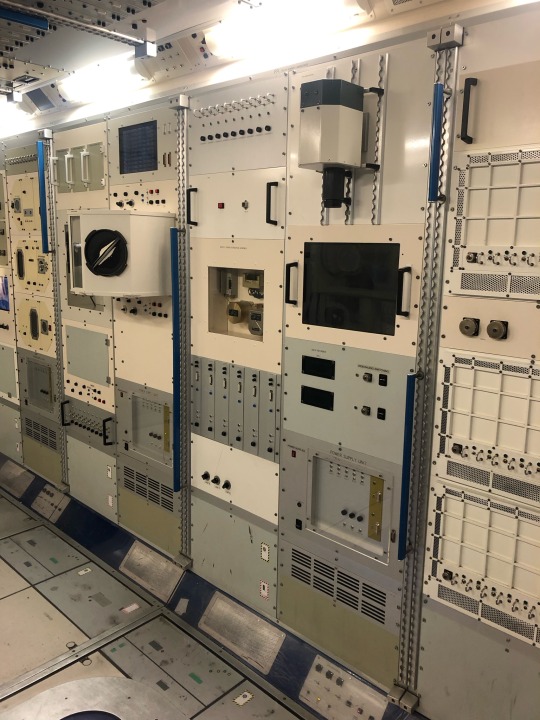

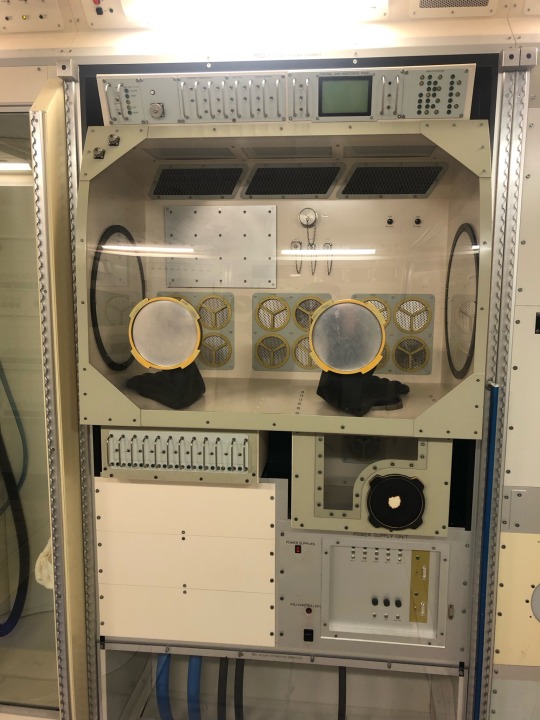
Some photos I took of the Columbus Module at the National Space Centre
#this was so epic#national space centre#nasa#space#spaceship#rocket#astronaut#technology#tech#objectum#not objectum myself but i think the community will appreciate#existentialism#machinery#machines#divine machinery#machine dreams#techcore#posic#popular posts
2K notes
·
View notes
Text
Space Tech Expo Exhibitor List 2024

The Space Tech Expo 2024 distinguishes itself with an extensive collection of pioneering products, technologies, and solutions driving progress in the aerospace and space technology field. Connect with industry pioneers with our Space Tech Expo Exhibitor List 2024!
0 notes
Text









⋆⭒˚⋆。 COOL BLUE ⋆⭒˚⋆。
#2000s fashion#alternative fashion#cool clothes#nostalgia#scenekid#2000s scene#old scene#scene#emo scene#scenemo#moodboard#old internet#old web#tech aesthetic#black and blue#2000s web#xd#my space#oldscene#I am stuck at an airport
3K notes
·
View notes
Text
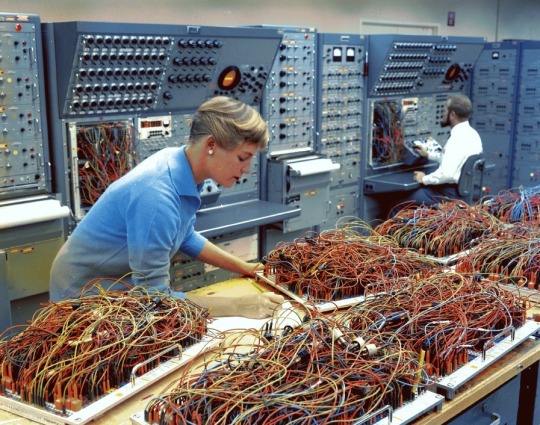
Engineer Karen Leadlay in a General Dynamics computer lab, 1964.
2K notes
·
View notes